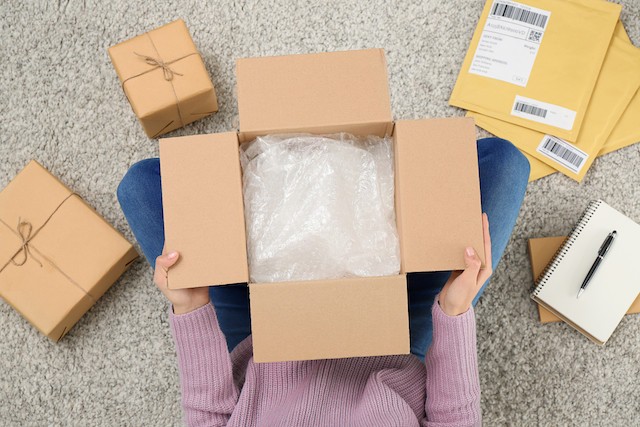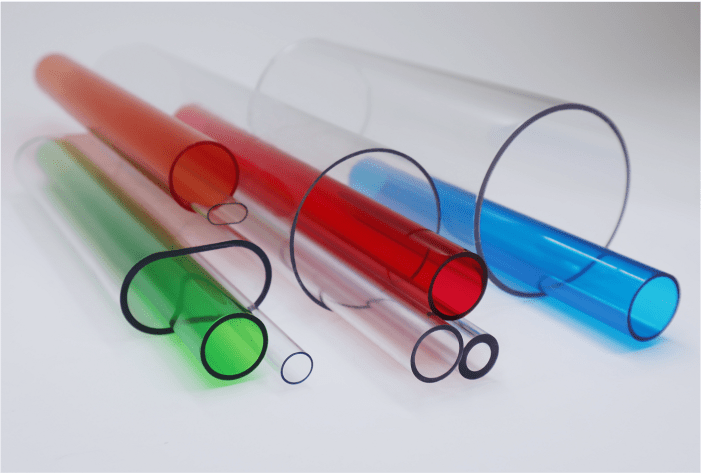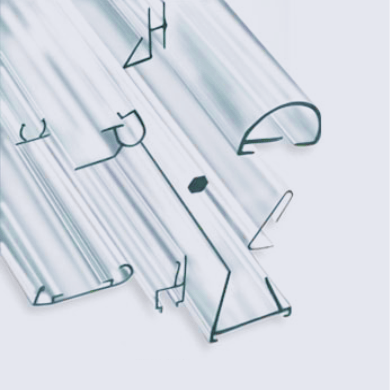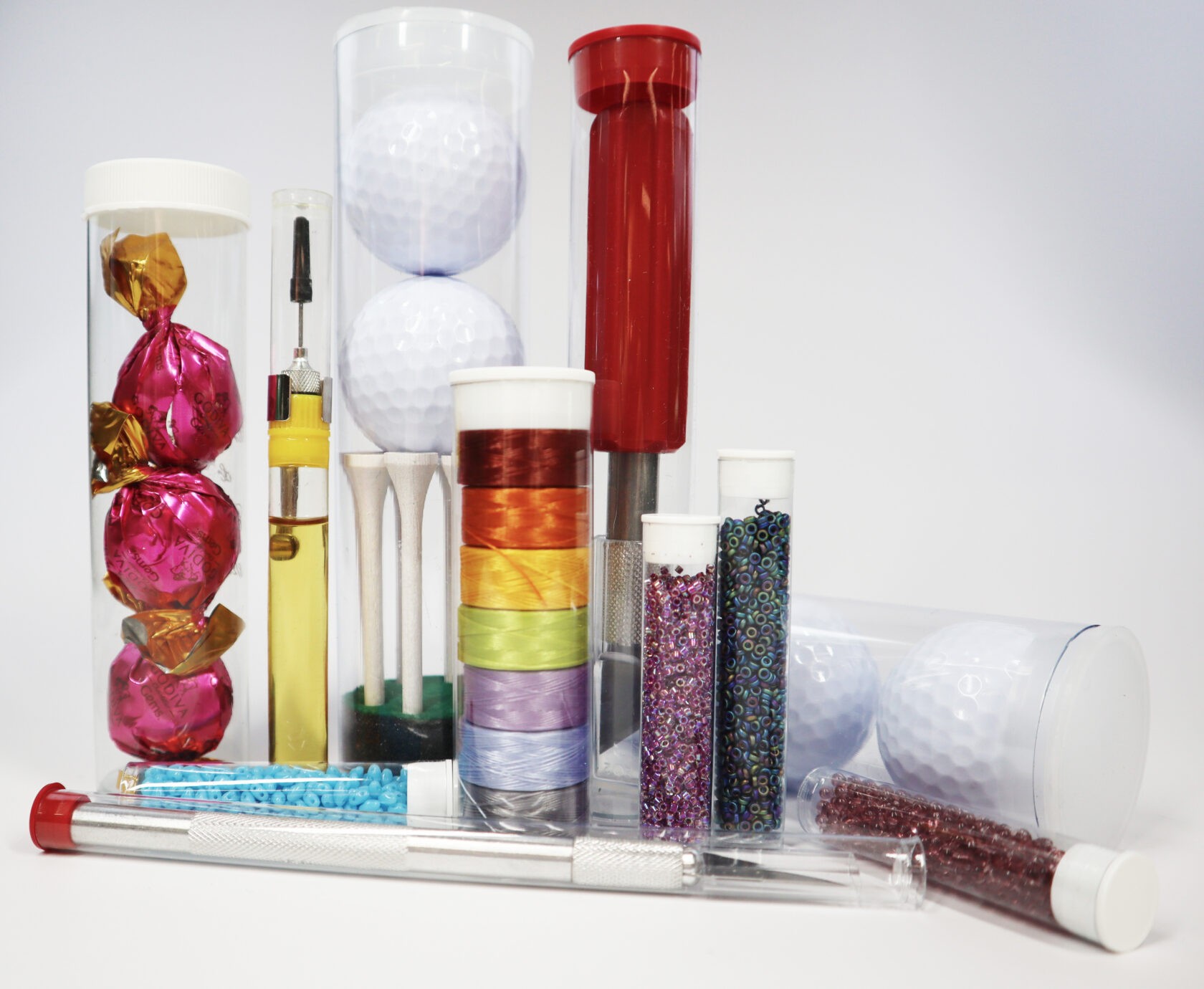Packaging Digest writes that up to 11% of unit loads that arrive at shipping centers have visible signs of damage.
Choosing the right packaging solutions is a supply chain issue. Making the wrong choice for sensitive parts can be expensive.
In particular, welding sensors and lenses demand special attention during shipping. They’re comprised of dozens of intricate parts. Any damage that results from poor shipping can affect the serviceability of a final product.
Keep reading to learn what makes plastic the best packaging for small items.
Where Packaging for Small Items Can Go Wrong
Shipping small items isn’t easy even with the best intentions and preparations. A handful of common mistakes in the choice of packaging for welding sensors and lenses can result in costly mistakes:
- Choosing poor packaging materials
- Packing items inadequately
- Failing to label parts
- Choosing the wrong carrier
- Failing to insure packages
- Failing to carry out appropriate quality control checks
Risks When Shipping Sensitive Parts
The parts used in welding lenses and sensors are delicate. Gaskets, electrodes, and nozzles are precision-made to suit specific tasks. A single part that goes missing or gets damaged during shipment can render welding machinery useless.
Inadequate packaging materials are one of the most common mistakes made when packaging small items. Each part needs to be packaged appropriately. Layers of cushioning and protection prevent damage.
Failing to choose the correct packaging options can result in damage.
Packing techniques are equally as important as the materials used. For instance, failing to disassemble parts or packing them too tightly can cause them to shift or collide. This results in minute scratches and dents, and these minute imperfections can get expensive.
How to Ship Delicate Sensors and Lenses the Right Way
To ship delicate parts the right way, you need to understand the factors that can have adverse effects during shipping:
- Temperature changes
- Vibrations
- Moisture
- Impacts
Sensors and lenses are sensitive to heat. Even if the damage can’t be seen by visual inspections, temperature changes can be costly. Exposure to high temperatures can result in the warping or distortion of critical parts.
Low temperatures can cause others to become brittle and crack.
Vibrations are normal during transit, especially if parts are shipped long distances. However, continued jostling, impacts, and minor bumps cause lenses to become misaligned.
Moisture can lead to corrosion and rust. It’s a notable problem for shipments that pass through areas with high humidity, including shipments traveling by sea.
Choosing the Right Packaging Materials
Of all the types of packaging available on the market, plastic is superior when shipping delicate parts.
Plastics insulate against sudden temperature changes because of the properties of plastic itself. It won’t conduct heat or electricity. Custom-made plastic packaging is sealed to keep moisture and humidity out and is resistant to unexpected impacts.
That’s in addition to another key benefit for companies looking to ship industrial-grade parts: Plastic is cheap.
Packaging for Welding Parts
Most welding parts need affordable and durable packaging solutions.
When welding parts are shipped, it’s important that they arrive in good condition. Even the smallest parts, like gaskets and electrode assemblies, need to be protected during shipping.
One great way to protect these parts is by using custom-shaped plastic tubes. These tubes are strong and can protect parts from vibrations, impacts, and temperature changes. You can also see through the tubes, so you don’t have to open them up to know what’s inside.
Using plastic tubes for shipping is also great because they don’t take up much space. You can stack them easily, which means they take up less room in warehouses and shipping trucks.
Even better, using plastic tubes can be good for the environment. They can be made from recycled materials, which means we’re not using up new resources to make them. Plus, after they’re used, they can be recycled again, which helps to reduce waste and our carbon footprint.
Preparing Items for Shipment
Preparing sensors and lenses for shipment is a critical step in the shipping process. The manufacturing process should include a cleaning stage before shipping. This removes dirt, dust, and debris and ensures customers receive their items in good condition.
Intricate parts that are prone to damage should use additional methods for protection. Bubble wrap and foam padding are common to prevent items from shifting around.
Labeling and Item Tracking
It’s essential to label packaging clearly to ensure that it is handled properly. Labels such as “fragile” and “handle with care” alert handlers to the delicacy of the contents. Special instructions should be clearly visible on the outside of the packaging.
Such instructions could include temperature, storage, or maximum load requirements.
Choosing the Right Shipping Company
When browsing shipping options, the most important factor is a company’s service record.
The “right” shipping company must be reliable. Deliveries must arrive on time and in good condition. Delays and damage during transit result in lost revenue and damage to a company’s reputation.
Look at a shipping company’s track record and reputation when judging whether to hire them. For delicate parts, it’s worth using dedicated shipping companies instead of general-purpose shippers.
Referrals and feedback from others in your industry are easy ways of weighing them up. In addition, consider the following:
- Shipping options like overnight, two-day, or ground shipping
- Packaging requirements
- Item tracking and insurance
- Customer service and claims resolution
Package Your Products to Last
Plastic packaging for small items protects against unexpected complications. Vibrations, temperature changes, moisture, and the accumulation of damage are all risks that it helps to reduce.
By using plastic tubes made to order, your shipments will arrive in perfect condition regardless of difficulties along the way.
If you need custom-made shipping solutions for delicate parts, we can help. At Petro Packaging, we’ve been pioneering new techniques in the plastic industry for decades. Contact Petro Packaging to request a free quote.




